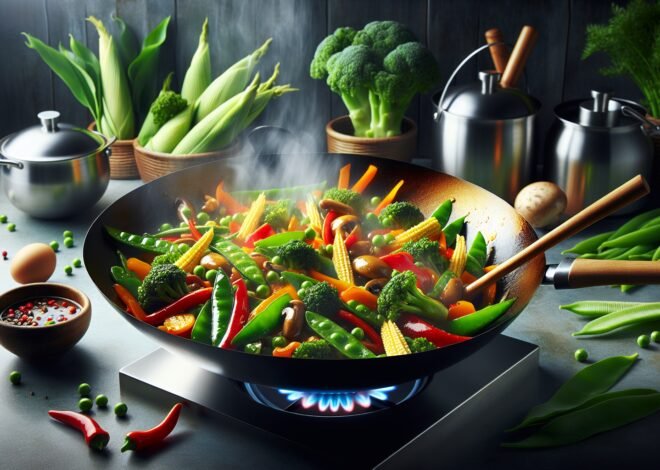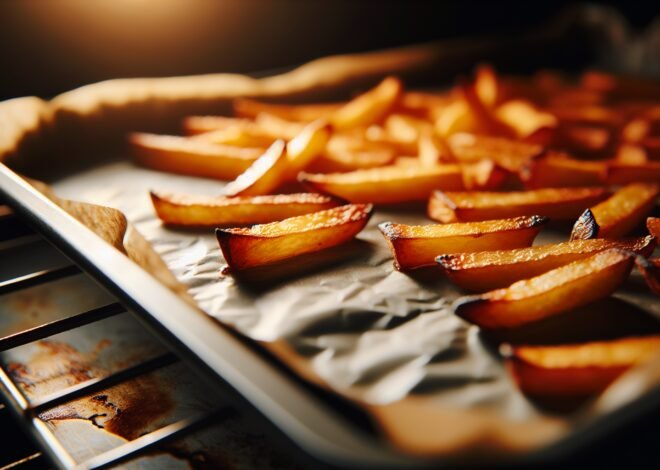
The Importance of Oven Positioning When Baking
Oven positioning for baking is a critical factor affecting the quality of your baked goods. Did you know that improper placement can lead to uneven baking, affecting texture and flavor? This post will explore the nuances of optimal oven rack placement and how it directly impacts baking results. We’ll delve into practical tips for positioning your trays to achieve consistent outcomes, whether baking cookies or roasting vegetables. Understanding and implementing correct oven positioning can transform your baking experience, leaving you with perfectly browned and delicious treats.
Understanding Oven Rack Positions for Perfect Baking
Baking is part art, part science, and oven rack positions are crucial in achieving perfection. Each rack level in your oven provides different heat dynamics, which can greatly affect the outcome of your baked goods. Mastering the correct placement of your oven rack will elevate your baking from average to extraordinary.
How Oven Rack Placement Affects Baking Results
Baking results can vary dramatically based on where you place your oven rack. The oven’s heat distribution changes at different levels. The top rack is closer to the heating element, making it ideal for broiling or browning. The middle rack offers even heat distribution, making it perfect for most recipes. The bottom rack is close to the oven’s primary heat source, which can result in a darker, crisper crust. Understanding these dynamics helps you decide the best rack position for your desired baking result.
Advantages of Using the Middle Oven Rack
The middle rack is usually the go-to for most baking needs. It offers consistent heat from all sides. This even heat distribution makes it the perfect spot for baking cookies, cakes, or any item that requires a balanced heat flow. Placing your bakes on the middle rack helps to avoid undercooked centers and overly browned tops or bottoms. It’s the sweet spot in your oven that caters to a wide variety of baking endeavors.
Best Practices for Choosing the Right Oven Rack Level
Choosing the correct oven rack level isn’t just guesswork. For more even baking, you should always preheat your oven to the desired temperature before deciding on rack placement. If you’re unsure, stick with the middle rack for most baked goods. However, if you need a crispy base, consider the lower rack. For a more browned top, move up to the top rack. Experimenting with different levels can also help you navigate unique recipes and find what works best for you.
Common Baking Mistakes Related to Oven Positioning
Baking mishaps can often be traced back to incorrect oven rack positioning. Whether you’re a seasoned baker or a beginner, understanding these common mistakes can save your bakes from disaster and enhance your overall baking success.
Consequences of Incorrect Rack Placement
Incorrect rack placement can lead to a host of problems. Baking on the wrong rack might result in uneven cooking, with some parts overcooked while others remain undercooked. Cakes may not rise properly, cookies may burn, and bread might develop a tough crust. Misplaced racks can also affect the texture and color of your baked goods, leading to disappointing results.
How to Avoid Uneven Baking and Browning
Avoiding uneven baking and browning starts with understanding your recipe and your oven. Always read through the baking instructions carefully. If a recipe doesn’t specify a rack position, opt for the middle rack. Additionally, halfway through baking, rotate your pans 180 degrees to promote even browning. If you notice uneven browning, consider baking on a lower heat for a longer period.
Tips for Adjusting Baking Times Based on Oven Position
Adjusting baking times is essential when deviating from the middle rack. Baking on the top rack might require a reduction in time to prevent excessive browning. Conversely, items on the bottom rack may need additional time to ensure they’re fully cooked. Always keep an eye on your bake and use visual cues, such as color and texture, to determine doneness rather than relying solely on the time suggested by the recipe.
Optimizing Oven Use for Different Types of Baked Goods
Not all baked goods are created equal, and neither is their ideal baking setup. Knowing how to optimize your oven’s rack positions for various kinds of treats can make a significant difference in your results.
Best Rack Positions for Baking Cakes and Cookies
Cakes and cookies thrive on the middle oven rack. The even heat distribution prevents burning and promotes a fluffy rise in cakes and a perfect texture in cookies. For multiple batches of cookies, stagger the trays between the middle and lower racks, alternating halfway through baking to ensure even cooking. Avoid the top rack as it can cause unwanted browning or uneven baking.
Ideal Oven Rack Settings for Bread and Pastries
Bread and pastries require different tactics. Bread benefits from the bottom rack to achieve a crisp, well-cooked crust, while pastries often need the middle rack for even puffing. For the best results, adjust the rack based on the recipe specifics and the type of bread or pastry you’re preparing. An oven thermometer can help ensure the correct temperature, which is key for these delicate baked goods.
Using Oven Convection Settings for Improved Baking Results
Convection settings offer a game-changing advantage in baking. The circulating air helps achieve even heat distribution, reducing baking times and enhancing browning. If using convection, lower the standard temperature by about 25 degrees Fahrenheit. This setting is perfect for roasting or crisping, but consult your oven’s manual for specific guidance. Experimentation and attention to detail will lead to consistently superior bakes.
Conclusion
Positioning in an oven affects even baking and results. The middle rack is typically ideal for most baked goods due to even heat distribution. The top rack is suitable for browning and crisping, while the bottom rack is better for items that require a solid base or are likely to bubble over. Rotating and repositioning trays can promote uniform cooking. Using multiple racks may require temperature or time adjustments.
FAQ
What is the best oven rack position for baking cookies?
Using the middle rack is ideal for baking cookies. This position allows for even heat distribution, ensuring cookies bake uniformly with a perfect golden finish.
How does the oven rack position affect baking results?
The rack position significantly impacts baking. Higher positions can lead to faster browning, while lower ones can result in slower cooking. Adjusting the rack helps in achieving desired textures and appearances.
Should you use the middle rack for baking cakes?
The middle rack is typically the best choice for baking cakes. It promotes even heat circulation around the cake, preventing overcooking on the top or bottom.
How do I choose the right oven rack position for different types of bread?
For crusty bread, use a lower rack to encourage a well-formed crust. Softer breads benefit from the middle rack to ensure balanced texture throughout.
Does moving the oven rack help prevent burning?
Adjusting the oven rack can indeed prevent burning. Placing items lower can avoid excessive browning, while moving them higher can increase top browning without burning the bottom.
How can I adjust oven rack position for even baking?
To achieve even baking, start with the middle rack. For specific needs, adjust slightly higher or lower. Consistently check and rotate your bakeware to maintain uniform results.











